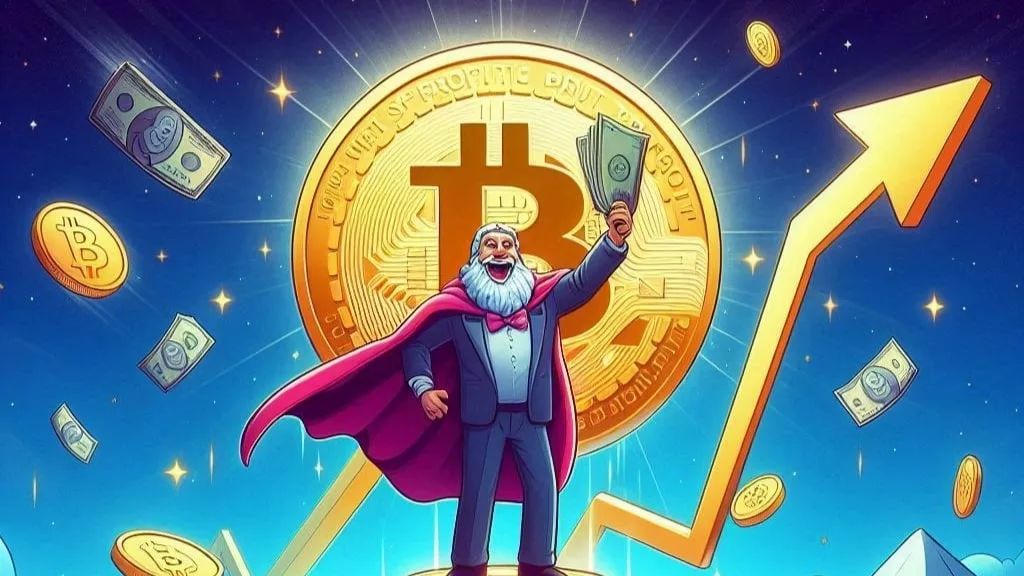
In this ever-evolving crypto arena, narratives continually unfold, and the nonfungible token (NFT) market has inadvertently found itself in the spotlight as the reluctant protagonist of the latest industry drama.
Unlike Bitcoin and Ethereum, the NFT market is currently under intense scrutiny and debate. Once hailed as the future of digital ownership, the NFT market is now grappling with the reality of its limitations and challenges. While certain segments of the NFT market continue to flourish, there’s a growing sense of concern among analysts and investors about the long-term sustainability of the NFT ecosystem.
The Current State of Bitcoin and Ethereum
Before delving into the intricacies of the NFT market, it’s crucial to acknowledge the present state of the two behemoths of the cryptocurrency world: Bitcoin and Ethereum.
Bitcoin, often referred to as digital gold, has weathered numerous storms over the years. However, the current atmosphere is notably different. Bitcoin is currently trading at approximately $28,000, a far cry from its all-time high but still a significant presence in the crypto sphere. The anticipation of a Bitcoin Exchange-Traded Fund (ETF) being introduced in the market has further enhanced Bitcoin’s allure. As traditional financial institutions inch closer to embracing cryptocurrency, Bitcoin seems poised for another chapter in its long and tumultuous history.
Ethereum, often seen as a pioneering platform for smart contracts and decentralized applications, has likewise proven its resilience. It remains a force to be reckoned with, resisting premature obituaries as it adapts to an evolving landscape. The Ethereum network continues to be the backbone for a wide array of decentralized applications and DeFi projects, keeping its community engaged and motivated.
The NFT Market’s Rise and Fall
In the crypto world, the concept of nonfungible tokens (NFTs) emerged as a revolutionary force. NFTs represent unique digital assets, each with its distinct value and ownership. Art, music, collectibles, and even virtual real estate found a new home in the world of NFTs. These digital tokens were heralded as the future of ownership in the digital age, offering artists and creators a novel way to monetize their digital works.
Initially, the NFT market experienced explosive growth. High-profile sales of NFT artworks, such as Beeple’s “Everydays: The First 5000 Days,” fetched astronomical prices, garnering attention from mainstream media and investors alike. The allure of NFTs extended beyond the art world, with musicians, athletes, and celebrities diving into the market to tokenize their creations.
However, as with any nascent market, the NFT landscape began to reveal its complexities and challenges. As the initial frenzy subsided, critics and analysts began to question the sustainability of the NFT ecosystem.
NFT Market Limitations and Concerns
The NFT market’s growing pains are rooted in several key limitations and concerns:
The Path Forward for NFTs
While the NFT market faces a range of challenges, it’s essential to recognize that these issues are not insurmountable. The NFT ecosystem is still in its infancy, and its development is ongoing. Several initiatives and solutions are being explored to address these limitations:
In Conclusion
The NFT market, once heralded as the future of digital ownership, now faces a critical juncture in its evolution. While concerns and limitations have emerged, it is important to recognize that the NFT ecosystem is still in its formative stage. These challenges can serve as catalysts for positive change, ultimately leading to a more sustainable and inclusive NFT market.
As the crypto industry continues to evolve, it remains to be seen how the NFT market will adapt and mature. For now, all eyes are on the reluctant protagonist of this latest industry drama, as the NFT market navigates the complexities of its own narrative.


Get the latest Crypto & Blockchain News in your inbox.